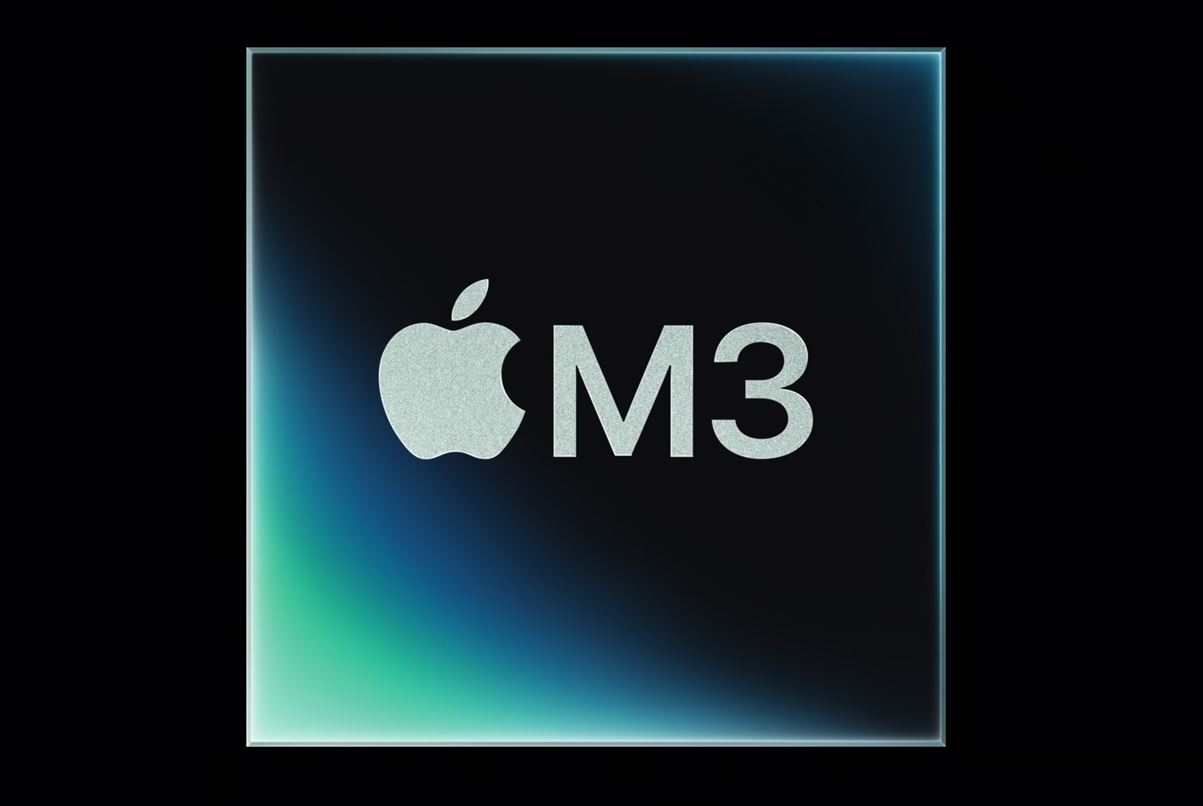
Upon switching from the M1 to the M2, Apple improved the performance of the chips through higher clock speeds, but at the cost of higher power consumption due to the same manufacturing process (5 nm). With the M3, the basic core configuration remains identical for both the CPU and the GPU, but clock speeds are once again higher. Thanks to the modern 3 nm manufacturing process, this only has a minimal impact on power consumption and so Apple has been able to improve both performance and efficiency.
Apple was able to improve processor performance by almost 20% in both the single-core and multicore tests. Single-core performance in particular is now on par with the fast performance cores from Intel’s current Raptor Lake generation, which consume a lot more power. The advantage over AMD’s Zen4 processors is also clear here, as they are unable to compete with the M3 in terms of efficiency or pure performance. In the multi-core tests, however, things change and both the Zen4 processors (from the Ryzen 7 U series) and the Raptor Lake P processors from Intel offer more performance, but the Intel CPUs are much less efficient. Intel’s U series, such as the current Core i7-1365U, also fall behind in multi-core performance. AMD’s Zen4 chips, such as the Ryzen 7 7840U, are practically on par in terms of multi-core efficiency. AMD may well overtake Apple with the upcoming Ryzen 8000 chips at the beginning of 2024.
More performance with higher efficiency – Apple delivers with the new M3 and the upcoming MacBook Air models will also benefit from the performance boost.
In terms of graphics performance, there is an advantage of up to 20% compared to the M2. Even though power consumption has increased slightly, we still see a slight improvement in efficiency and the current iGPUs from AMD (Radeon 780M) and Intel (Iris Xe Graphics G7) fall significantly behind. Only in the OpenCL test can the Radeon 780M easily hold its own against the M3 GPU.
The comparisons with the new Qualcomm Snapdragon X Elite are also very interesting because the Snapdragon seems to have an advantage, especially in terms of multicore performance. However, graphics performance is weaker than the Apple M3, at least in the small reference design with 23 watts, and we only have a very limited number of benchmarks presented by Qualcomm. The numbers show a massive improvement over the previous 8cx Gen3 chips, but we’ll have to wait and see when the first devices come onto the market and how performance values actually turn out in the end.
Source link
 notebook.co.id informasi dan review notebook laptop tablet dan pc
notebook.co.id informasi dan review notebook laptop tablet dan pc